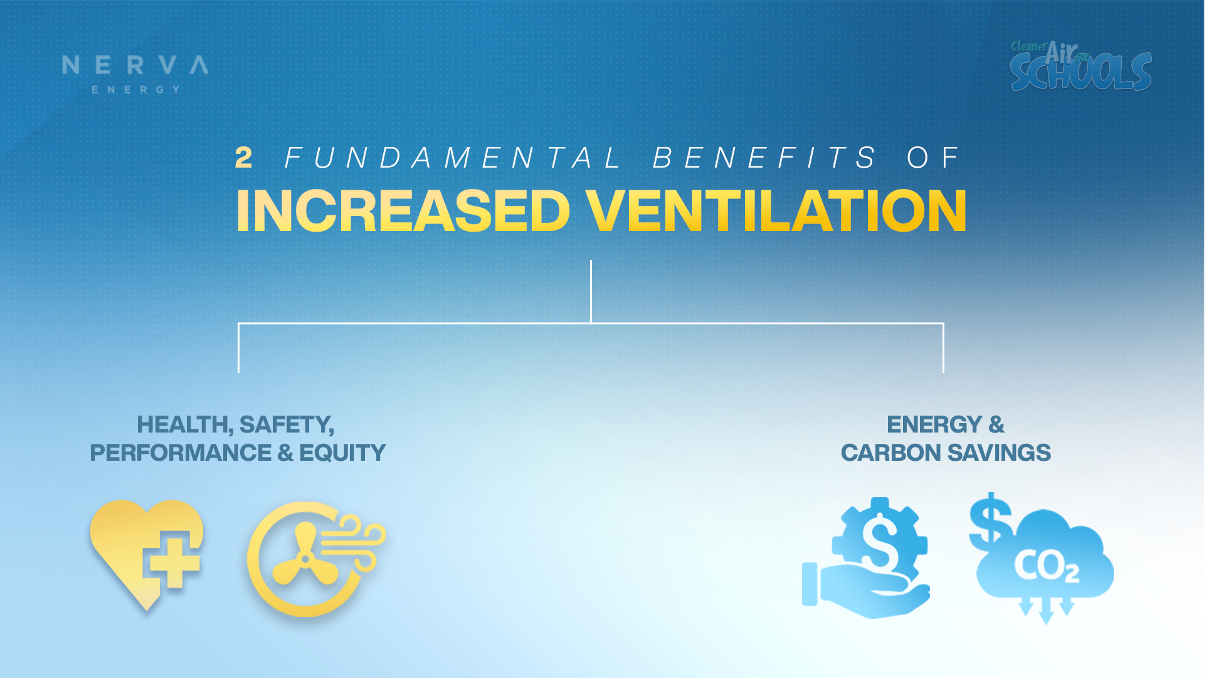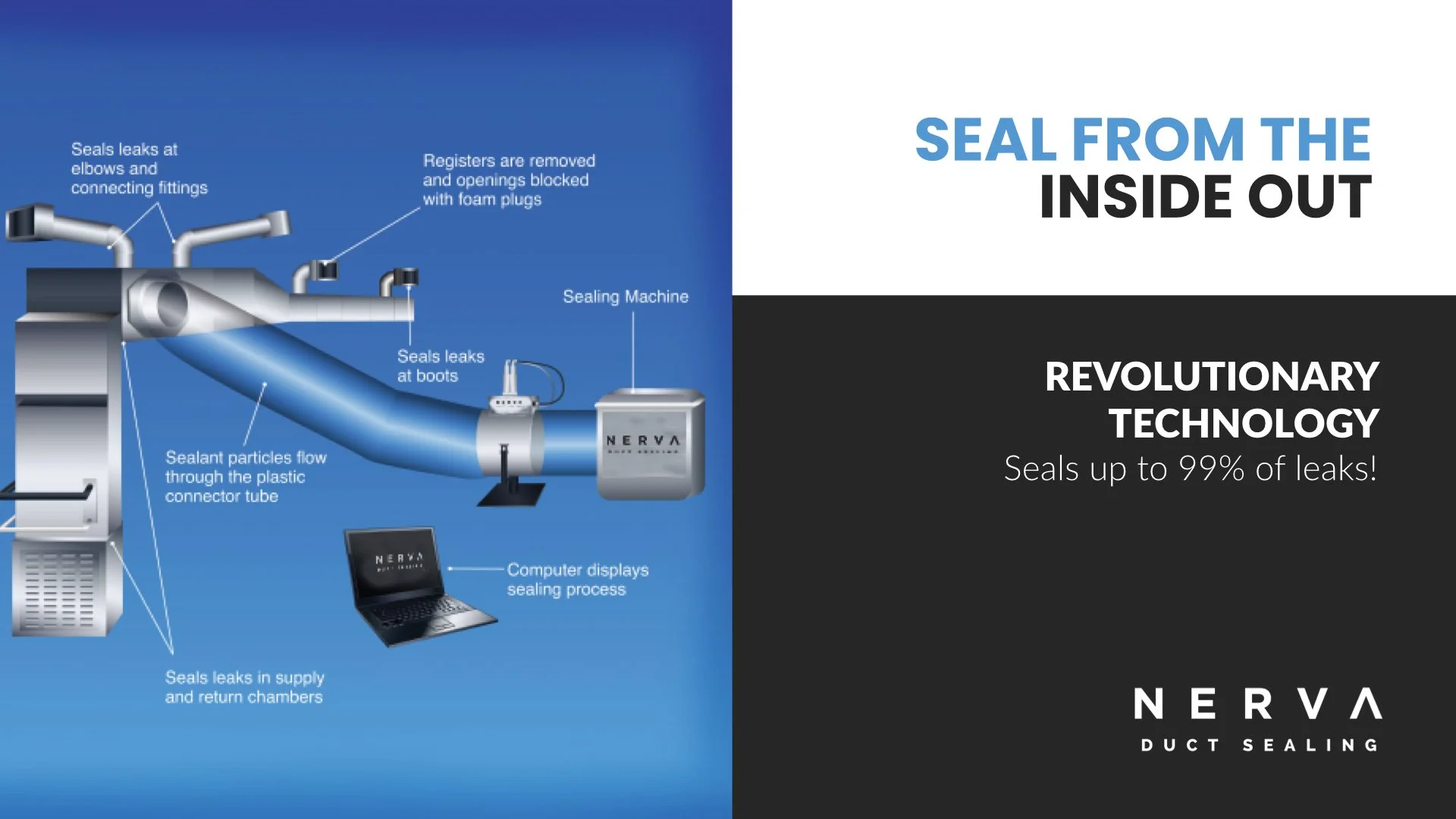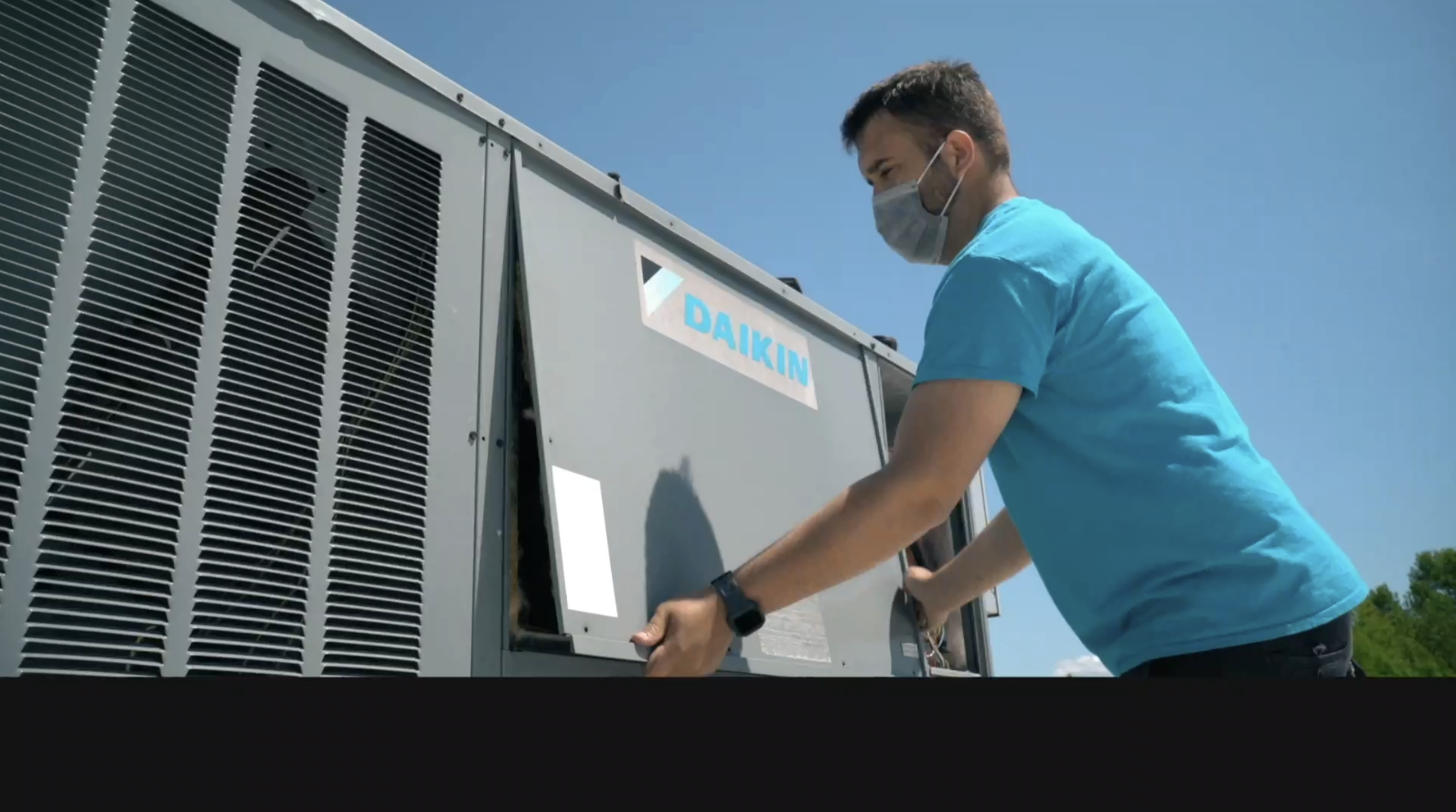What are the health effects of poor indoor air quality in schools, colleges, and universities?
Preventing the spread of airborne viral illnesses is an important consideration in K-12 schools, colleges, and universities. Canadian air quality professionals explain how poor air quality is linked to increased infection rates and what Canadian school administrators can do to help prevent their students from getting sick.
The most common illnesses sited of recent are COVID-19, flu, and colds however other health effects associated with indoor air pollutants include irritation of the eyes, nose, and throat. headaches, dizziness, fatigue, respiratory diseases, heart disease, and cancer. Also, when students spend too much time indoors, they are more prone to experiencing symptoms of what is referred to as sick building syndrome, irritation of eyes, nose, and throat; headache; unusual tiredness or fatigue; and, less frequently, dry or itchy skin. Many studies have been produced showing that particulates that you inhale below one micron or at one micron can get into your system, into your bloodstream causing health problems such as heart or lung disease, heart attacks or irregular heartbeat, decreased lung function, respiratory-related issues such as irritation of the airways, coughing or difficulty breathing and increased asthma.*
Ventilation plays a major role in indoor air quality in public buildings in Canada. Poor maintenance of an air handling systems, duct work and mechanical equipment can be a major issue If you not working properly and bringing fresh air in as designed. Air filtration can also have an impact. The amount of airflow reaching a classroom or campus affects health, comfort and performance for learners and teachers.
INCREASING VENTILATION IN SCHOOLS
The Ministry of Education wants to see increased ventilation in every school, however, that is often easier said than done. The reality is, mechanical systems are very diverse and complex, and ventilation performance is bound to vary from facility to facility. Unfortunately, there is not a one size fits all solution.
Typically, the fall-back option has been to simply replace mechanical equipment, without truly knowing if it is necessary or not. But here are the problems with that:
Mechanical upgrades are very expensive, they typically have to be done during the summer months, and if you have not addressed your building’s ductwork deficiencies, chances are you won’t achieve the ventilation improvements you were hoping for anyways.
Our extensive experience working with schools has shown that there are actually THREE MAIN issues that are affecting your ventilation rates today, NONE OF WHICH have anything to do with the age of your equipment:
Number one is under-performing equipment. This means your equipment is not functioning at optimal capacity, therefore it is not delivering the amount of ventilation its designed to produce.
Number two is under-maintained systems. This is where your HVAC unit may be working at full capacity, but there are deficiencies in your system such as poor filtration, defective dampers, loose belts, blocked diffusers, and dirty coils – that are all actively affecting your ventilation performance.
And number three goes back to hidden problem of leaky ductwork, which traditionally has been one of the hardest deficiencies to address, simply given the challenges around accessing ductwork and having the ability to properly seal any leaks.
Through the process of Duct Sealing and HVAC optimization we address these three key deficiencies, in order to significantly increase ventilation rates, without replacing equipment, or creating any disruption within your facilities.
AEROSOLIZED DUCT SEALING
So, what is Aerosolized Duct Sealing? Well, in simple terms, it is an award-winning technology out of California that is designed to seal ducts from the inside-out. This ensures that all of the air being supplied and returned through the ventilation system is being delivered to the areas that the students and staff occupy, rather than leaking out into ceilings, walls, or mechanical spaces which do not require ventilation.
Every project starts with a facility audit. This is our first site visit, and where we look at the following systems:
Starting up on the roof and in the mechanical rooms, we begin by inspecting your air handing units so we can determine if your belts are healthy and properly tightened – examine whether your dampers are stuck or jammed – if there are variable speed drives, we confirm that they are operational – and finally, we inspect your filtration system to ensure it is clean and as close to COVID standards as possible.
Next, our auditors will take air volume readings from every register and diffuser in the school. This allows us to compare the actual airflow in each space versus what the system is designed to produce, which typically gives us a better idea of whether the HVAC system is performing as it should, and the level of duct leakage you are experiencing. For example, the system may be designed for an airflow of 14,000 cubic feet per minute, but if the actual air volume in the space is only 60% of that system capacity, then we know there are hidden issues we need to uncover.
An air audit will quickly and cost-effectively help identify spaces that are under-ventilated and or not meeting ASHRAE recommended levels – where you would solve to increasing air volume and health and safety of students and staff. In the case of over-ventilating or exceeding the number of air changes per hour per ASHRAE standards, there is an opportunity to reduce energy and carbon by using variable frequency drives (VFDs) to save the organization money as well as meet your carbon reduction goals.
TURN-KEY IMPLEMENTATION PROCESS:
In step two, we begin to take corrective actions to rehabilitate your infrastructure. We start by examining your registers, diffusers, and coils to ensure they aren’t dirty or clogged, as that could be restricting airflow. We also look at the ductwork itself to determine if it has been damaged or disconnected during other projects.
In essence, we remediate your ductwork infrastructure to ensure ventilation is not being lost in unwanted spaces, and that your HVAC system is achieving maximum efficiency.
Step three is where we get to put technology to work. Aerosolized Duct Sealing was developed by the Lawrence Berkley Laboratory in California over twenty years ago, and virtually eliminates air leakage by sealing ducts from the inside-out. It has the ability to seal holes that are as small as a hair follicle, all the way up to 5/8 of an inch.
As you can see here, the machine pressurizes the ductwork and releases a water-based polymer through the ventilation system. Basically, the machine is forcing the polymer down the ductwork to find any point of air loss, in order to effectively seal those gaps. Again, any air flow that is being lost through the ducts is being wasted, which can dramatically impact your ventilation rates.
The best part is, this process is entirely computerized. You can see here how the software tracks the sealing process in real-time, which tells us the total air duct leakage rate both before and after the sealing process. This is the only technology on the market that has the ability to guarantee results, and clearly quantify your outcomes.
Once our technicians complete the aerosolized sealing process, our auditors will return to the school to take new air volume readings and quantify the overall ventilation improvement. A report is then provided to you that compares your airflow and air exchange rates both pre and post sealing. Where air volumes are exceeding ASHRAE energy and carbon reductions strategies can be deployed.
ADDITIONAL BENEFITS
One thing to keep in mind is that this unique solution helps to enhance and strengthen your filtration efforts. Duct Sealing increases the effective air dilution rate within the building, which means that any airborne droplets with virus particles are more likely to be removed, filtered, and dissipated by your MERV 13 or HEPA filters. In essence, more airflow means higher air exchange rates. The more air you are circulating back to the filters, the more effective you will be at reducing the risk of airborne transmission that may be occurring in your school.
As we look into the post-pandemic future, eliminating ductwork leakage also allows you to maximize the efficiency of your mechanical equipment, which translates into ongoing energy savings and lower greenhouse gas emissions by using variable frequency drives (VFDs) and energy-related strategies to save the organization money as well as meet their carbon reduction goals. Needless to say, equipment that runs more efficiently also requires less maintenance, and has a longer service life and healthier occupants.
*Source: digitaljournal.com









